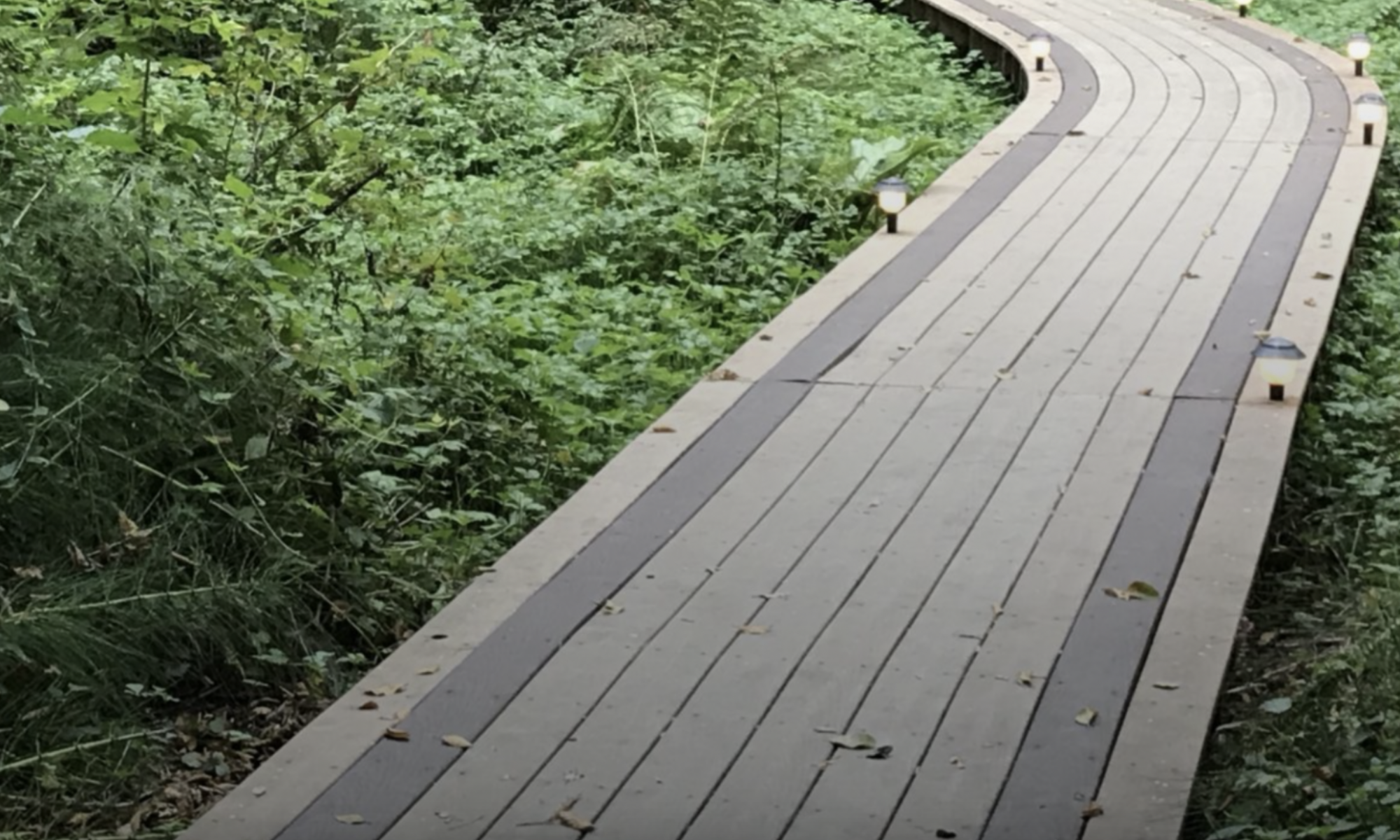Yesterday, a friend / colleague (frolleague) and I were speaking about some ways to set up some community engagement that she was planning. Not set up as in tables and chairs. Rather, setup that is a narrative and invitation that sets the tone for people to turn to one another. It matters. It is one of my favorite conversations to have.
I often rely on one of two approaches to that setup narrative: 1) a personal story that connects to the overarching purpose (if it’s about forming better relations, tell a personal story of when you’ve experienced better relations, or, of a story when you knew that relationships weren’t good); 2) an expression of what I love about the method we are using to listen and learn together (if it’s Circle then make talk about how Circle help improve listening, or slows us down to be heard differently).
I tend to rely on the right story coming to me in the immediate hours or minutes preceding my convening with them. It matters that it be honest, simple, and from the heart more than delivering it with perfect polish.
Yesterday’s conversation with my frolleague had me recalling these two paragraphs from physicist David Bohm (excerpted from Joseph Jaworski’s book, Synchronicity: The Inner Path of Leadership:
On dialogue
“From time to time, (the) tribe (gathered) in circle. They just talked and talked and talked, apparently to no purpose. They made no decisions. There was no leader. And everybody could participate. There may have been wise men or wise women who were listened to a bit more–the older ones–but everybody could talk. The meeting went on, until it finally seemed to stop for no reason at all and the group dispersed. Yet after that, everybody seemed to know what to do, because they understood each other so well. Then they could get together in smaller groups and do something or decide things.”
And then more, on “superconductivity,”
“Bohm compared dialogue to superconductivity. ‘In superconductivity, electrons cooled to a very low temperature act more like a coherent whole than as separate parts. They flow around obstacles without colliding with one another, creating no resistance and very high energy. At higher temperatures, however, they begin to act like separate parts, scattering into a random movement and losing momentum.’ In dialogue, the goal is to create a special environment in which a different kind of relationship among parts can come into play — one that reveals both high energy and high intelligence.”
It leads to great questions, right. “What cools us? What cools you? Where do you experience no resistance? When have you experienced high energy here? It sets context, an invitation to be together in the most meaningful way that we can muster.
And that, I find, changes all of us. That’s when people say, “whatever that was, let’s do more of that.”
